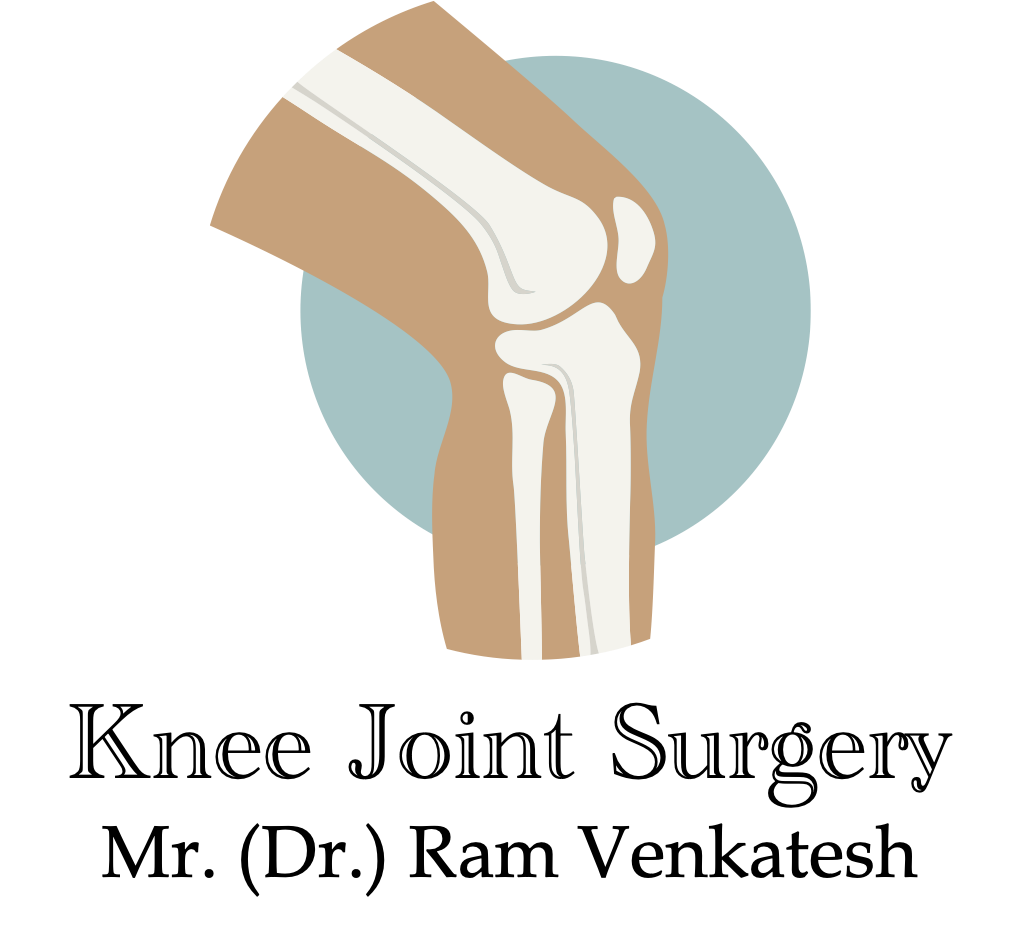Tibial Tuberosity Transfer
Patella tracking is governed by a complex interaction between soft issue and bony structures. The bony structures that control patella stability are trochlea dysplasia, patella height and tibial tuberosity trochlea groove distance(TT-TG). Patella lateral tracking is common in patients with patella femoral pain and also with patella instability. Hence tibial tuberosity transfer is a well established technique in the management of both patella instability and patellofemoral pain.
Medialisation of the patella was done indiscriminately for non-anatomical reasons of patella instability. Hence the procedure historically has high complication rate. With better understanding of the various factors contributing to patella maltracking, a combination approach is now used to correct TT-TG distance and provide medial passive stabilisers like the MPFL at the same time.
The decision on tibial tuberosity transfer is made for PF pain/instability after
- Clinical examination
- Imaging measurement of TT-TG distance and patella height
- Arthroscopic assessment of the pattern of articular cartilage damage
It is difficult is place a single numerical value of TT-TG distance as indication for surgery but a distance of less than 1.5 makes it less likely necessary. measurements can be made with both CT and MRI.
Technical Tips
- Mark the proximal extent of the osteotomy
- The author prefers a low energy osteotomy without use of a saw
- Keep the distal hinge narrow but retain distal soft tissue attachment
- For Distalisation osteotomy mark the pre-planned amount of distal tuberosity to be resected as shown
- Take care about the length and obliquity of the osteotomy
- Fixation is best achieved with 2 x 4.5 large fragment screws with screw heads countersunk so they do not cause irritation
Rehabilitation
- Weight bearing mobilisation in an extension splint
- Intermittent range of motion outside splint started early
- Keep splint for all walking until 6 weeks
Clinical Assessment
- Hyperlaxity score(see picture)
- Beighton P, Horan F. Orthopaedic aspects of the Ehlers Danlos syndrome. J Bone Joint Surg Br. 1969;51-B:444-453.
- Coronal and rotational alignment
- Flat feet
- Quadriceps and core strength
- Functional valgus on single leg squat
- Lateral patella eversion
- Patella displacement
- Tibial tuberosity offset
Radiological Assessment
Radiological assessment to look at soft tissue and bony constituents and also to assess Patellofemoral cartilage damage
Imaging in patellofemoral instability: an abnormality-based approach.
- Saggin PR, Saggin JI, Dejour D.
- Sports Med Arthrosc. 2012 Sep;20(3):145-51
